Difference Between Hose and Pipe
Key Difference
Hoses and pipes are both conduits for transporting fluids, but they differ in material, construction, flexibility, and typical applications. Hoses are flexible tubes typically made of rubber, plastic, or reinforced materials, designed for flexibility and often used for applications requiring mobility or flexibility. Pipes, on the other hand, are rigid tubes made of metal or plastic, used for the transportation of fluids or gases. They are designed for durability and strength, often used in plumbing, construction, and industrial settings.
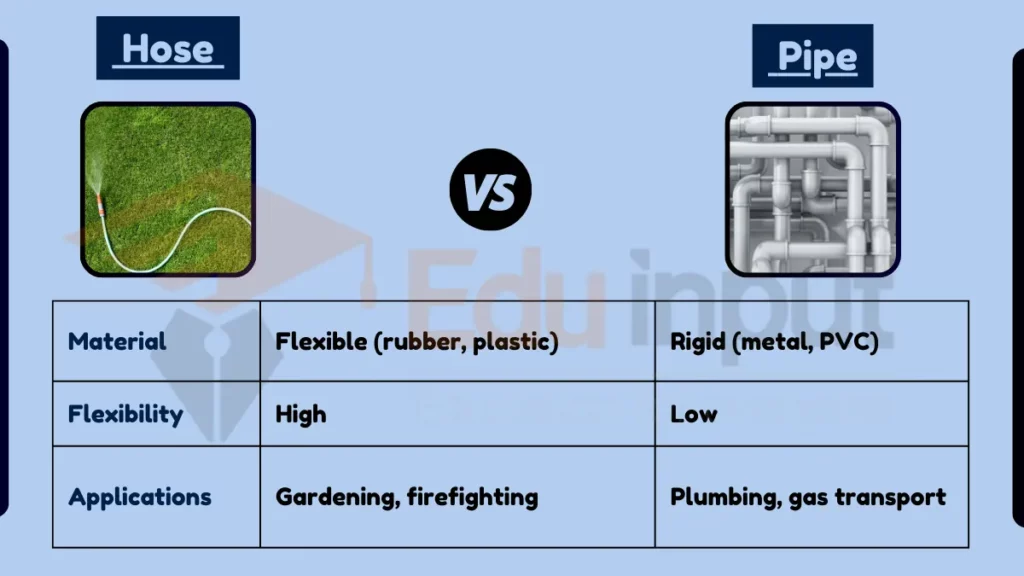
Comparative Analysis
- Material and Construction:
- Hose: Made from flexible materials like rubber, plastic, or reinforced fabric.
- Pipe: Typically constructed from rigid materials like metal or PVC.
- Flexibility:
- Hose: Highly flexible, can be coiled or bent.
- Pipe: Rigid, not designed to bend without fittings.
- Applications:
- Hose: Gardening, firefighting, vehicle maintenance.
- Pipe: Plumbing, gas lines, industrial fluid transport.
- Connection and Installation:
- Hose: Easily connected and disconnected, often using clamps or quick-connect fittings.
- Pipe: Requires more permanent fixtures, such as welding, soldering, or threading.
- Pressure Handling:
- Hose: Generally lower pressure capacity compared to pipes.
- Pipe: Designed to handle higher pressures.
Table Summary
| Feature | Hose | Pipe |
|---|---|---|
| Material | Flexible (rubber, plastic) | Rigid (metal, PVC) |
| Flexibility | High | Low |
| Applications | Gardening, firefighting | Plumbing, gas transport |
| Connection | Easily connected/disconnected | Permanent fixtures |
| Pressure | Lower capacity | Higher capacity |
While both hoses and pipes are used for the transportation of fluids, their differences in material, flexibility, and applications make them suitable for specific uses. Hoses offer flexibility and ease of use for mobile or temporary applications, whereas pipes provide a more permanent solution for fluid transport, especially where high pressure and strength are required.

 written by
written by 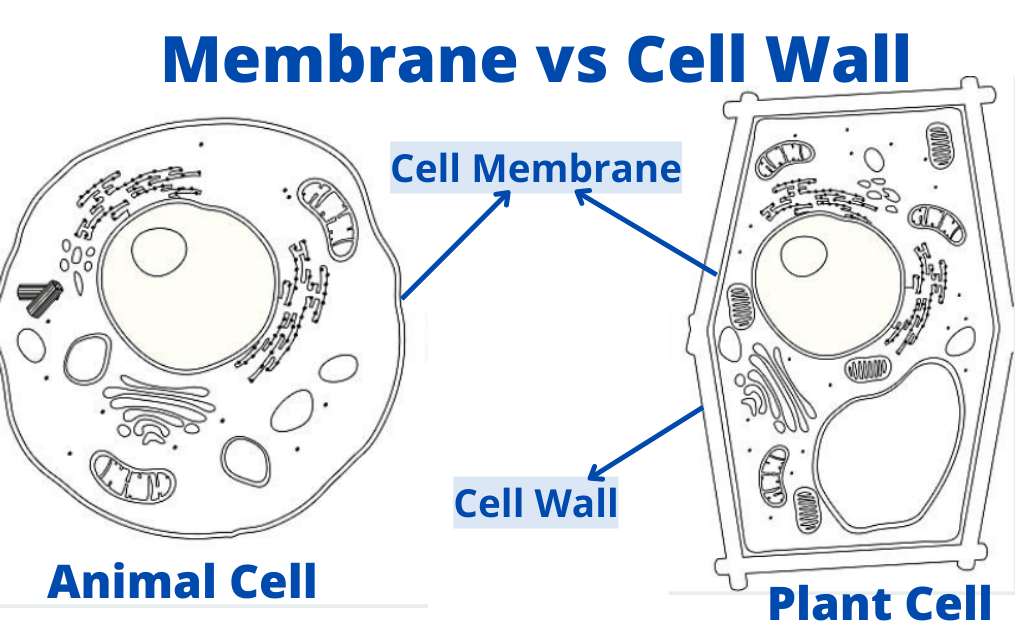
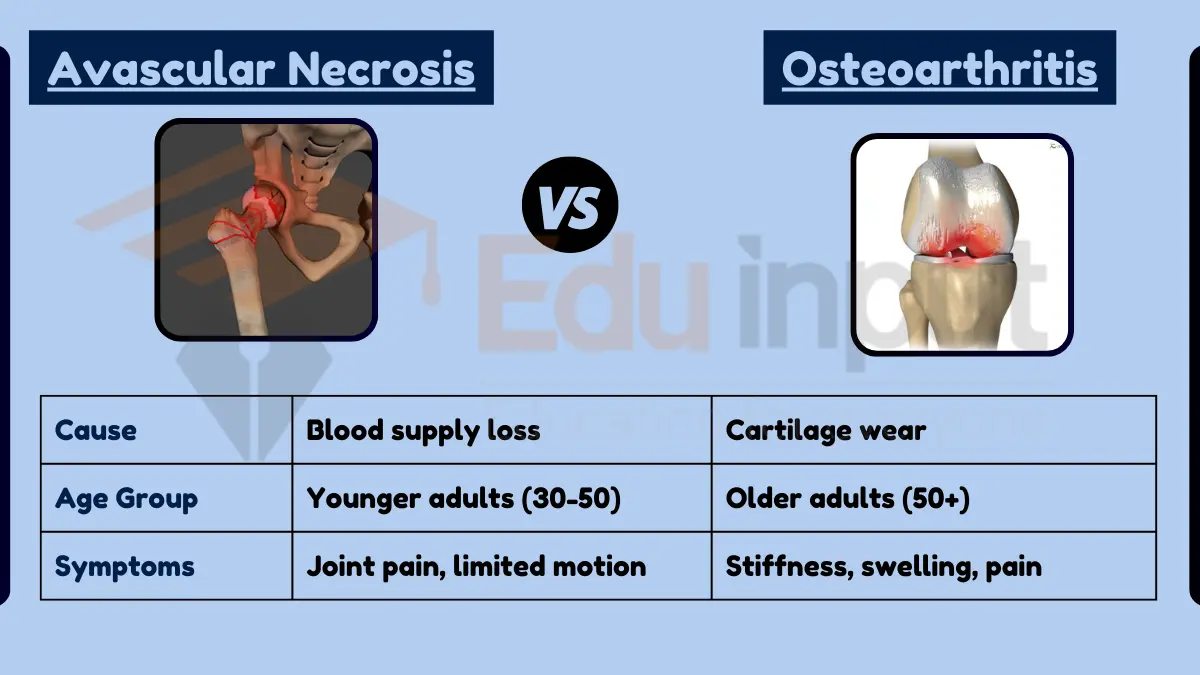
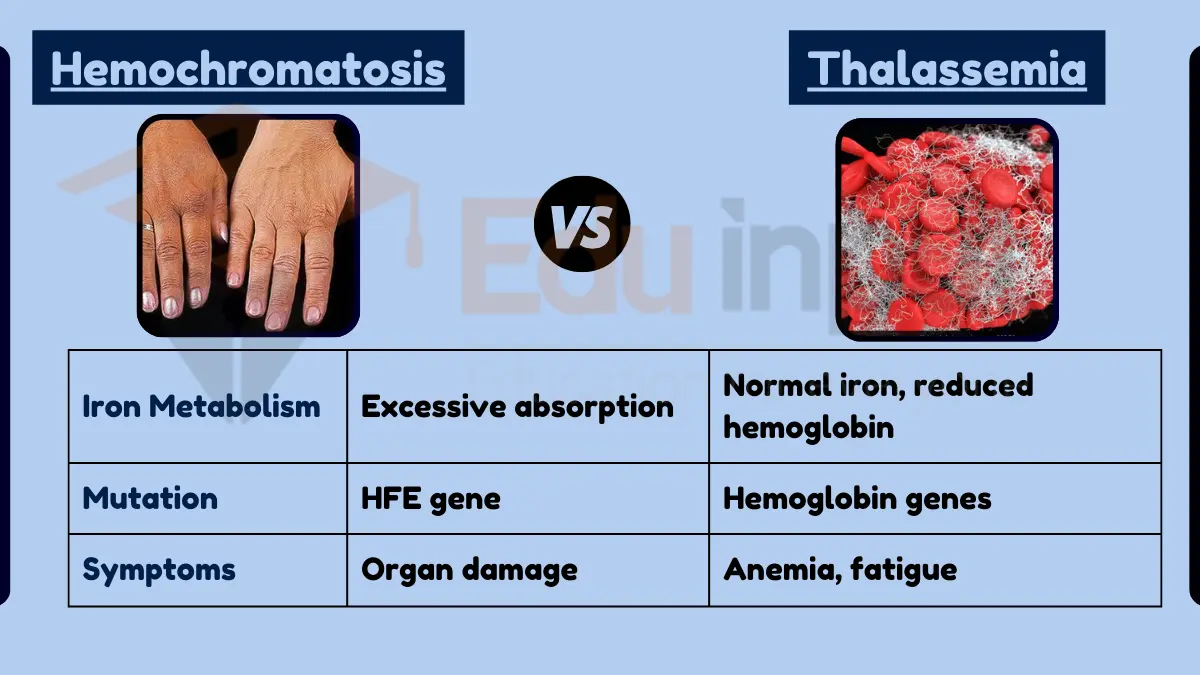
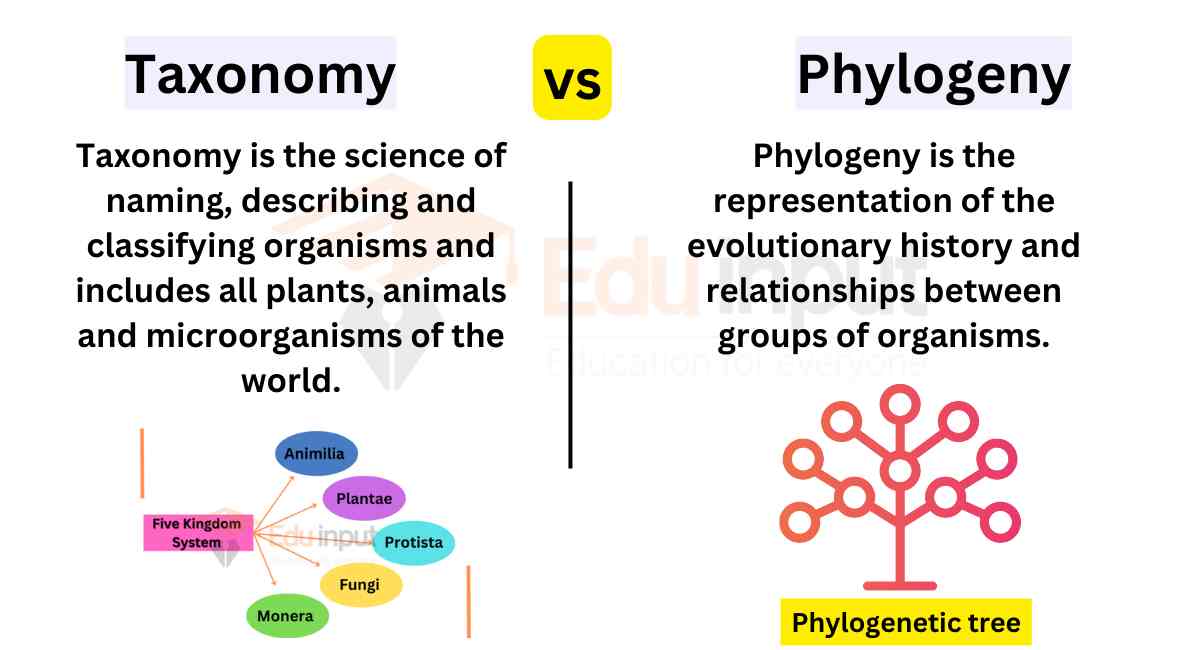


Leave a Reply